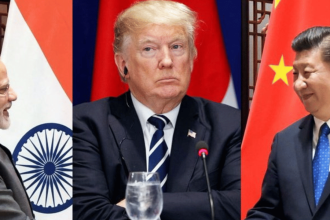New Delhi: On Sunday, Dominican President Luis Abinader announced a series of new measures to reinforce border security and control migration toward neighbouring Haiti. The 15 new measures will include accelerating the construction of the border wall separating the two countries and deploying an additional 1,500 soldiers for border surveillance, as stated by President Abinader during a press conference.
Additionally, the Dominican government plans to pursue legal reforms to impose stricter penalties on those who facilitate the entry and stay of migrants.
What causes Haiti migration?
Violence, insecurity, natural disasters, poverty, and political fluctuation in Haiti have forced many people to migrate to other countries. In 2021, there were around 25,649 Haitian refugees abroad under the UNHCR’s mandate, along with 96,300 asylum seekers. In disparity, in 2017, only 10 foreign refugees and asylum seekers were in Haiti, coming from seven different countries.
The net migration rate for Haiti in 2024 was -2.663 per 1,000 population, reflecting a 2.24% decline from 2023. The net migration rate for Haiti in 2023 was -2.724 per 1,000 population, a 3.16% decline from 2022. Similarly, in 2022, the rate was -2.813 per 1,000 population, marking a 3.07% decline from 2021.
The Dominican Republic is securing border security and migration controls in reaction to many concerns. The two nations share a 391-kilometre border on the island of Hispaniola and have a complicated history.
Many Haitians relocate to the Dominican Republic looking for better opportunities, which increases concerns about demographics, the economy, and cultural integration. As of now, over 500,000 Haitians live in the Dominican Republic, which has a total population of around 11 million.




